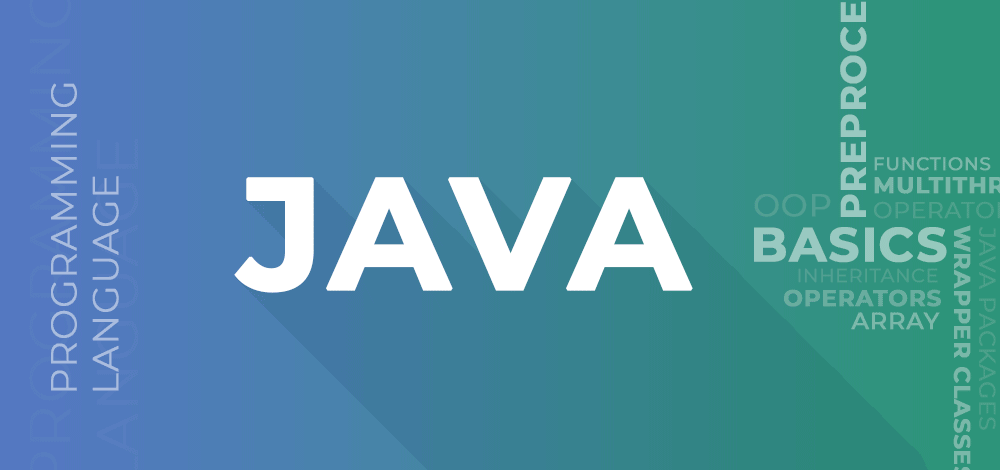Java Security Best Practices: Safeguarding Your Applications from Vulnerabilities
In an ever-evolving digital landscape, ensuring the security of your applications is paramount. Java, being one of the most widely used programming languages, offers robust tools and techniques to safeguard your applications against vulnerabilities. This article delves deep into the realm of Java security, providing you with actionable insights and best practices to fortify your software against potential threats.
Java Security Best Practices: Safeguarding Your Applications from Vulnerabilities
Java Security Best Practices: Safeguarding Your Applications from Vulnerabilities is not just a matter of following a checklist. It’s a proactive approach to ensure that your software remains resilient in the face of ever-growing cyber threats.
Understanding the Landscape
To effectively safeguard your applications, you must first understand the security landscape. Cyber threats are becoming more sophisticated, and attackers are constantly devising new methods to exploit vulnerabilities. By keeping yourself informed about the latest security trends and threats, you can better prepare your applications.
Using the Latest Java Version
Staying up-to-date with the latest Java version is crucial for security. Oracle frequently releases updates that include patches for known vulnerabilities. Upgrading to the latest version ensures that you benefit from these security enhancements, reducing the risk of exploitation.
Secure Coding Practices
Writing secure code is a fundamental aspect of Java security. Embrace secure coding practices such as input validation, avoiding hard-coded credentials, and using appropriate access controls. By doing so, you create a strong foundation for your application’s security.
Input Validation and Sanitization
Improper input validation can lead to various vulnerabilities, including SQL injection and cross-site scripting (XSS). Always validate and sanitize user inputs to prevent attackers from injecting malicious code into your application.
Authentication and Authorization
Implement robust authentication and authorization mechanisms to control user access. Utilize features like Java Authentication and Authorization Service (JAAS) and OAuth for secure authentication and authorization processes.
Encryption and Decryption
Sensitive data should be encrypted to prevent unauthorized access. Leverage Java’s built-in libraries for encryption and decryption to ensure that data remains confidential, even if intercepted.
Secure Communication
When transmitting data over networks, ensure that communication is encrypted using protocols like SSL/TLS. This prevents eavesdropping and data manipulation during transmission.
Regular Security Audits
Perform regular security audits and code reviews to identify potential vulnerabilities. By addressing issues early on, you can prevent security breaches before they occur.
Dependency Management
Third-party libraries can introduce vulnerabilities into your application. Use reputable sources for your dependencies, and regularly update them to include the latest security patches.
Handling Exceptions
Properly handle exceptions in your code to avoid exposing sensitive information to attackers. Avoid displaying detailed error messages to users that could be exploited.
Secure Configuration Management
Store sensitive configuration information, such as API keys and passwords, securely. Avoid hard-coding these values directly into the codebase, as they can be easily accessed.
Monitoring and Intrusion Detection
Implement monitoring and intrusion detection systems to detect and respond to suspicious activities. Set up alerts for unusual behavior and potential security breaches.
Frequently Asked Questions (FAQs)
Q: What is the importance of Java security?
: Java security is crucial to protect your applications from potential vulnerabilities and cyber threats. By following best practices, you ensure that your software remains resilient and trustworthy.
Q: How often should I update my Java version?
A: It’s recommended to update your Java version as soon as new updates are released. This ensures that your applications benefit from the latest security patches and enhancements.
Q: Can secure coding practices prevent all vulnerabilities?
A: While secure coding practices significantly reduce the risk of vulnerabilities, they cannot eliminate all potential threats. However, they provide a strong defense against common attack vectors.
Q: What is the role of encryption in Java security?
A: Encryption plays a vital role in Java security by ensuring the confidentiality of sensitive data. It prevents unauthorized access to data, even if intercepted during transmission.
Q: How can I ensure the security of third-party libraries?
A: To ensure the security of third-party libraries, choose reputable sources, and regularly update your dependencies to include the latest security patches.
Q: Why is regular security auditing important?
A: Regular security audits help identify and address vulnerabilities in your application’s codebase. By conducting audits, you can proactively fix issues and enhance your software’s security posture.
Conclusion
Java security best practices are an essential aspect of developing robust and secure applications. By implementing these practices, staying informed about the latest threats, and actively monitoring your software, you can effectively safeguard your applications from vulnerabilities. Remember, security is an ongoing process, and staying vigilant is the key to ensuring the safety of your applications and the data they handle.
SOURCEBAE: Hire Java Developers






